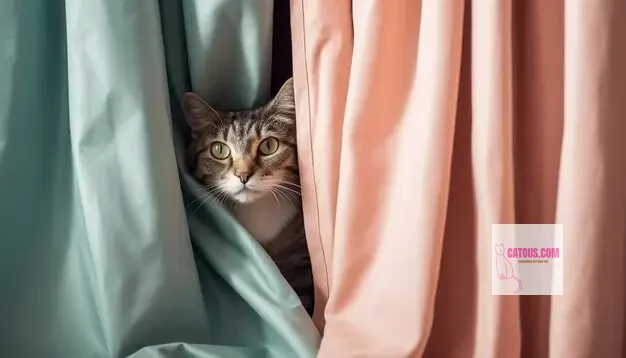Homemade Cat Treats: Wholesome Delights
Views: 15Create delicious and nutritious homemade cat treats to delight your furry friend. Discover simple recipes and share moments of joy with your beloved cat. There’s nothing quite like the joy of pampering your beloved cat with tasty treats. While store-bought treats are readily available, homemade kitty treats offer a special touch of love and … Read more


